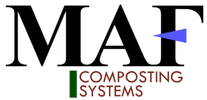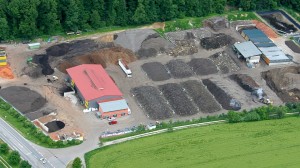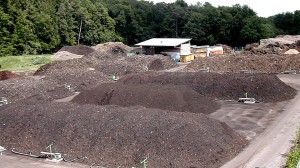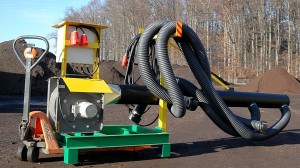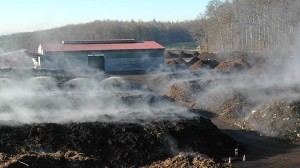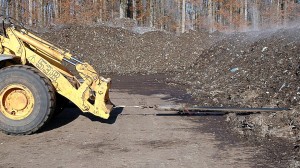Company:
Hauke – Erden
Location:
Remseck, Germany
Input materials:
36,000 tons per annum; green waste, bark, municipal bio-waste, fresh market organics, rumen content, refuse derived from gelatin production, paper pulp, etc.
Amount of MAF units ordered:
40 MAF Aeration units
Output:
mainly finished compost level 4 – 5 (highest grade; suitable for garden and potting soil production)
Current operational systems:
Two production lines for separate processing of different input materials.
Previous production problems:
Plant status prior to installation of MAF system was open triangle windrow turned by wheel loader. Aggravated odour emissions leading to complaints from local residents and business. Inefficient material handling and volume restrictions. Inconsistent finished product.
Reasoning for conversion to MAF:
- Substantial odour reduction.
- Facilitate increase of allowable input materials.
- Reduce material handling and achieve significant increase in production volumes.
The origins of MAF:
Hauke – Erden is a family owned business located near by Stuttgart which operates one of south Germany’s foremost compost production companies. Hauke – Erden is primarily based in the production of roof greening materials, soil amendments, mulch and other growing media for landscaping companies, municipalities, garden center etc. As a result of the high demand for quality compost, Hauke – Erden took over a small composting operation near Heilbronn in the early 80’s. The main products were derived from bark and green cuttings. The operation was first moved in 1993 to a company owned property and managed by one of the family members Martin Hauke. In 1996, expansion to processing municipal bio-waste, fresh market and food production residues led to volume handling issues and odour emission problems. By January 1998, the MAF (Mobile Aerated Floor) system was in prototype operation. The savings associated with this technology, as well as the remarkable reduction of odour emissions proved so convincing that a decision was made to convert the whole operation to the MAF system. Thereafter, when relocating once again in 2000, the new production facility was designed and built based on the MAF system.
